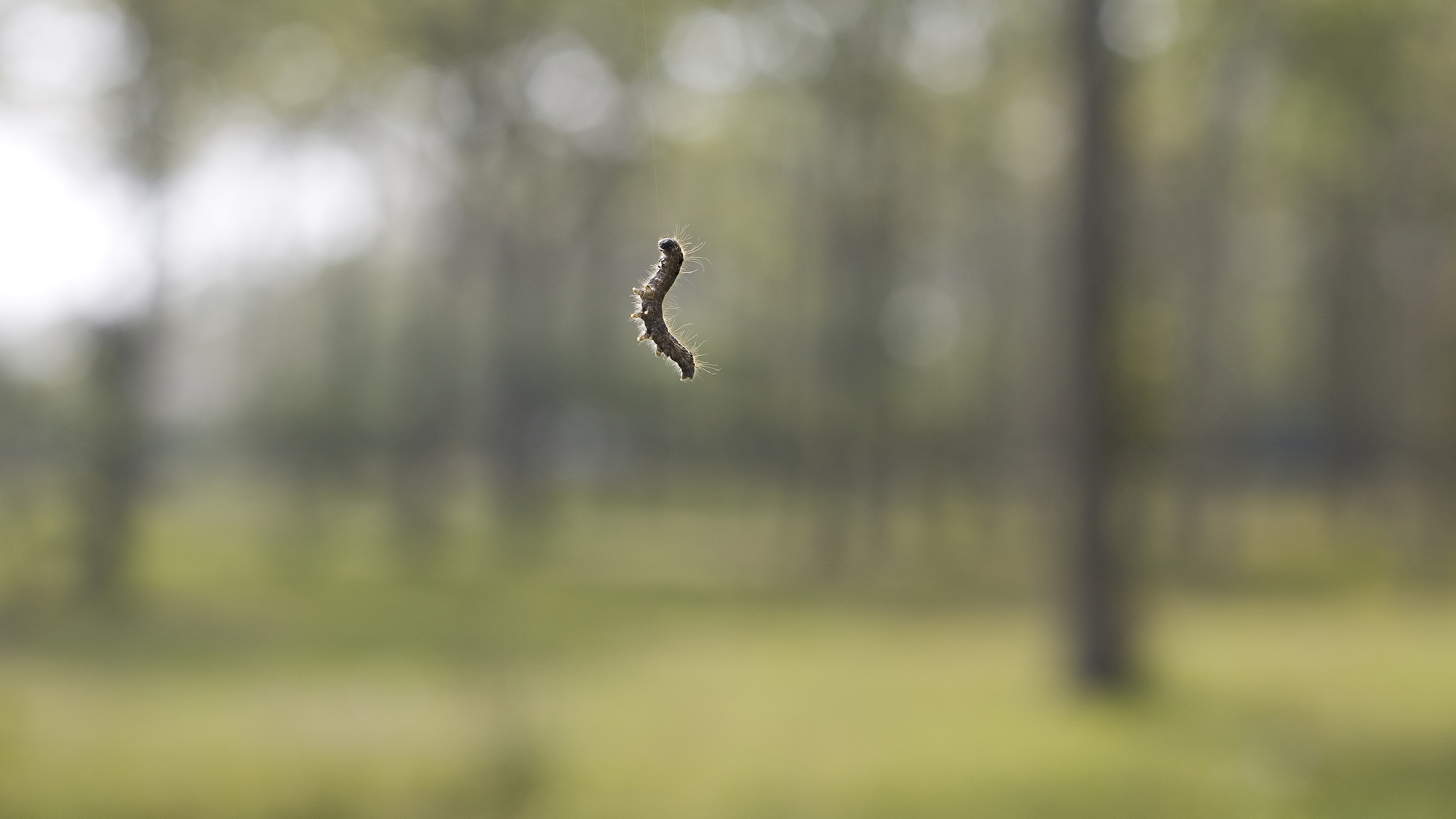Gadgets
What’s behind the record outbreak of spongy moths in the eastern US?

This article was originally featured on Grist. Subscribe to Grist’s weekly newsletter here.
When you step into a leafy forest in New York’s Hudson Valley and close your eyes, the sound you hear isn’t rain—it’s millions of caterpillars feasting on leaves and leaving behind a trail of waste.
On a sunny spring day, the rustling of spongy moth caterpillars munching through oak, maple, crab apple, basswood, and aspen trees can be heard amidst the melodious chirping of birds. The forest floor is scattered with bits of green leaves like confetti, evidence of the voracious feeding happening in the treetops. Hundreds of caterpillars dangle on delicate silk threads, ready to be carried by the wind to a new tree.
The Northeast and Midwest are currently facing one of the most severe outbreaks of spongy moths on record, driven in part by climate change-induced drought conditions that facilitate rapid breeding of these insects. This surge in caterpillar populations can lead to significant defoliation of trees, with up to 80% of defoliated trees potentially facing mortality after two consecutive years of intense feeding.
Climate change is also benefiting other forest pests, such as invasive species like the hemlock woolly adelgid, emerald ash borer, Japanese beetle, and spotted lanternfly. These pests, thriving in milder winters due to global warming, are causing widespread tree mortality and weakening forests, making them more susceptible to drought and diseases.
Spongy moths, originally known as gypsy moths, were introduced to the United States in 1869 by French entomologist Etienne Leopold Trouvelot. Since then, these moths have spread rapidly, defoliating millions of acres of forests in their path. The Forest Service has been actively managing spongy moth populations, with an average annual cost of $30 million over the past two decades.
Climate change exacerbates spongy moth outbreaks, with drought conditions impacting the spread of a fungal pathogen that naturally controls moth populations. As weather patterns become more erratic, the duration and intensity of spongy moth infestations are increasing. Efforts to combat these outbreaks include deploying pheromone traps and using biological insecticides to prevent further damage to forests.
Experts are concerned about the combined threats posed by pests and climate change to America’s forests, as native tree species may become more vulnerable to new pests in a warmer and drier environment. Adapting to these challenges will require a comprehensive approach to forest management and conservation.
This article was originally published on Grist.org. For more climate-related stories and solutions, visit Grist.org.
-

 Destination6 months ago
Destination6 months agoSingapore Airlines CEO set to join board of Air India, BA News, BA
-

 Breaking News8 months ago
Breaking News8 months agoCroatia to reintroduce compulsory military draft as regional tensions soar
-

 Tech News10 months ago
Tech News10 months agoBangladeshi police agents accused of selling citizens’ personal information on Telegram
-

 Breaking News8 months ago
Breaking News8 months agoBangladesh crisis: Refaat Ahmed sworn in as Bangladesh’s new chief justice
-

 Gaming7 months ago
Gaming7 months agoThe Criterion Collection announces November 2024 releases, Seven Samurai 4K and more
-

 Toys10 months ago
Toys10 months ago15 of the Best Trike & Tricycles Mums Recommend
-

 Toys8 months ago
Toys8 months ago15 Best Magnetic Tile Race Tracks for Kids!
-

 Guides & Tips8 months ago
Guides & Tips8 months agoHave Unlimited Korean Food at MANY Unlimited Topokki!
























